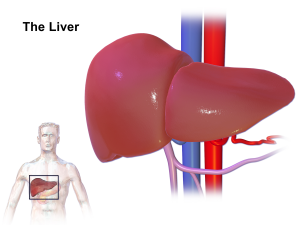HCV Injures the Liver
 Hepatitis C is frequently transmitted by injecting heroin or other drugs. A blood transfusion before July 1992 is sometimes the source. Sexual transmission and from mother to baby are very uncommon. Tattoos, especially jailhouse or those done by a friend, can transmit the virus. Outbreaks from endoscopy centers, dental clinics and from hospitals have been documented. Airgun vaccinations have been proven to transmit viral hepatitis B and many military veterans were infected this way. Fist fights, accidents, sharing razors or anything that mixes one persons blood with another will transmit the virus. A substantial number of patients have no risk factor. Having your neck shaved at a barber shop could transmit HCV or HBV.
Hepatitis C is frequently transmitted by injecting heroin or other drugs. A blood transfusion before July 1992 is sometimes the source. Sexual transmission and from mother to baby are very uncommon. Tattoos, especially jailhouse or those done by a friend, can transmit the virus. Outbreaks from endoscopy centers, dental clinics and from hospitals have been documented. Airgun vaccinations have been proven to transmit viral hepatitis B and many military veterans were infected this way. Fist fights, accidents, sharing razors or anything that mixes one persons blood with another will transmit the virus. A substantial number of patients have no risk factor. Having your neck shaved at a barber shop could transmit HCV or HBV.
Acute HCV is a recent infection that is usually silent. A few patients develop nausea, jaundice and pain in the right upper abdomen. About 20% of adults will clear the virus with no treatment. They have a positive HCV antibody test but their HCV RNA viral level is persistently undetectable. They do not need treatment.
Six months or more after the infection, HCV is called chronic HCV. The liver is mildly injured and there is very little fibrosis (scar tissue) in the liver. After 5-10 years the patient develops liver fibrosis in addition to liver injury. Stage 0 fibrosis progresses to mild fibrosis (stage 1) or moderate fibrosis (stage 2). After 20-30 years this worsens to severe fibrosis (stage 3) or cirrhosis (stage 4).
Patients with cirrhosis (stage 4) are stable for a few years but then develop life threatening complications. Read my page about HCV cirrhosis.